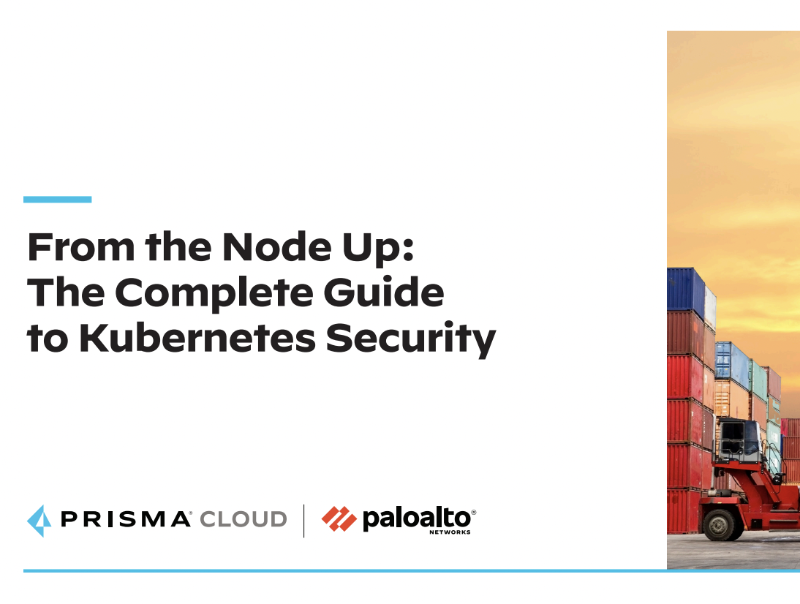The Complete Guide to Kubernetes Security
Published on 05 May 2022

Most discussions on Kubernetes® security centre on the difficulty of securing a cluster. It is quite difficult to protect every layer of a Kubernetes system due to the fact that Kubernetes provides just a handful of native security options. True, Kubernetes has few built-in security solutions, and protecting Kubernetes entails addressing several sorts of possible vulnerabilities across numerous infrastructure levels.
However, this does not imply that you should see Kubernetes security as impossibly difficult. In reality, the fact that Kubernetes is such a large platform with so many interfaces creates an opportunity: it makes it simple to develop an automated, systematic set of operations that incorporates security into the Kubernetes build and deployment process. The outcome is a tightly integrated security policy that mitigates attacks across all levels and layers of your stack.
This e-book describes how to develop a security strategy that enhances rather than impedes your other Kubernetes-based operations. It identifies Kubernetes security challenges from the node up and pinpoints specific solutions for addressing each of them, with a focus on automated, scalable approaches that will keep Kubernetes-based workloads secure, regardless of cluster size or infrastructure type (on-premises, public cloud, managed service).
Kubernetes Is a Multidimensional Beast
First and foremost, it is essential to recognize that Kubernetes is a complicated platform composed of more than a half-dozen components. It contains an API server for facilitating communication between cluster components, a scheduler for managing the distribution of workloads, and controllers for managing the state of Kubernetes itself. It also consists of an agent that operates on each node or server within a cluster, as well as a key-value store containing cluster configuration data.
Native Kubernetes Security Protections
Kubernetes security is further complicated by the fact that, although having certain built-in security measures, it cannot secure itself without the assistance of additional technologies. Kubernetes enables administrators to build role-based access control (RBAC) rules to protect cluster resources against unwanted access. In addition, they may establish pod security rules and network policies to prohibit specific forms of pod and network misuse.
To alleviate the interruption caused by an attacker who compromises a portion of the cluster, they might apply resource limits. With resource limits in place, the attacker will be unable to perform a denial-of-service assault by starving the remainder of the cluster of adequate resources to operate (provided, of course, that the breach does not spread beyond the portion of the cluster where it originated).
Integrated Development Environments
Integrated development environments (IDEs) are the tools commonly used by developers to create application source code. An IDE should be the starting point for vulnerability scanning as the tool that initiates the application deployment process. The majority of IDEs may interact with a range of third-party source code vulnerability scanners to identify possible security vulnerabilities in application code.
Integrative Integration
Continuous integration (CI) technologies host source code and transform it into Kubernetes-deployable binaries. They represent an additional vulnerability-scanning phase for code. CI servers are interoperable with a range of vulnerability scanners, similar to IDEs.
Configuration Management
Currently, the majority of Kubernetes application build and deployment pipelines depend on infrastructure as code (IaC) and YAML files for automated, policy-based configuration management.
Download Prisma Cloud's whitepaper to learn more about The Complete Guide to Kubernetes Security only on Whitepapers Online.
